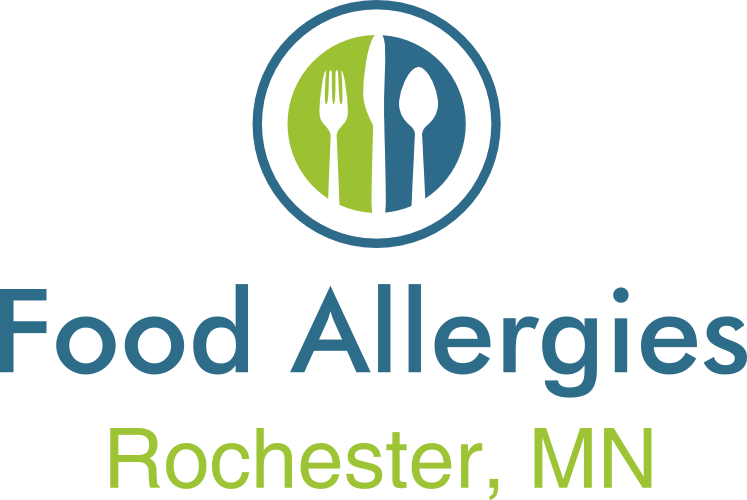Recognizing & Responding to Anaphylaxis
Anaphylaxis can happen at any time. Make sure you're prepared to save a life by clicking the link below and taking this free course, offered by FARE.
Anaphylaxis (pronounced an-uh-fil-LAX-is) is a severe, potentially life-threatening allergic reaction. Symptoms can affect several areas of the body, including breathing and blood circulation.
Food allergy is the most common cause of anaphylaxis, although several other allergens—such as insect stings, medications or latex—can be potential triggers. Rarely, anaphylaxis is caused by exercise. Another uncommon form can occur when a person exercises soon after eating a problem food.
Take FARE's free course, How to Save a Life: Recognizing and Responding to Anaphylaxis, to learn more about anaphylaxis, its causes and the proper emergency response.
Anaphylaxis (pronounced an-uh-fil-LAX-is) is a severe, potentially life-threatening allergic reaction. Symptoms can affect several areas of the body, including breathing and blood circulation.
Food allergy is the most common cause of anaphylaxis, although several other allergens—such as insect stings, medications or latex—can be potential triggers. Rarely, anaphylaxis is caused by exercise. Another uncommon form can occur when a person exercises soon after eating a problem food.
Take FARE's free course, How to Save a Life: Recognizing and Responding to Anaphylaxis, to learn more about anaphylaxis, its causes and the proper emergency response.

